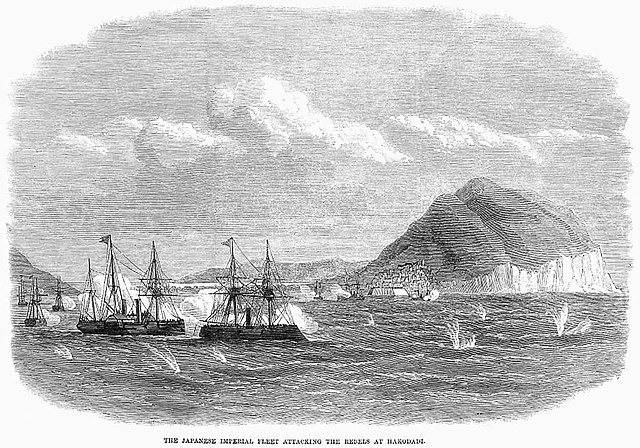The South Manchuria Railway, officially The South Manchuria Railway Company, Ltd. , Mantetsu or Mantie for short, was a large National Policy Company of the Empire of Japan whose primary function was the operation of railways on the Dalian–Fengtian (Mukden)–Changchun corridor in northeastern China, as well as on several branch lines.
Share of the South Manchuria Railway Co. Ltd., issued 1920
Schedule Page of South Manchuria Railway (Mantetsu) Train Service in May 1920
A train of the South Manchuria Railway
Locomotive for Asia Express
The Empire of Japan, also referred to as the Japanese Empire, Imperial Japan, or simply Japan, was the Japanese nation-state that existed from the Meiji Restoration in 1868 until the enactment of the reformed Constitution of Japan in 1947. From 29 August 1910 to 2 September 1945, the Empire of Japan included the naichi and the gaichi. It also ruled colonies such as Kwantung, South Seas, Mantetsu, and its concessions. The naichi was under Japanese direct rule while the gaichi was not, however both were parts of the empire. In the closing stages of World War II, with Japan defeated alongside the rest of the Axis, on 2 September 1945 the formalized Japanese Instrument of Surrender was issued in compliance with the Potsdam Declaration of the victorious Allies; and Japanese territory was immediately much reduced when lost Taiwan, Korea, Kuril and Karafuto as it is today.
The Naval Battle of Hakodate, May 1869; in the foreground, Kasuga and Kōtetsu of the Imperial Japanese Navy
Emperor Meiji, the 122nd emperor of Japan
Prominent members of the Iwakura mission. Left to right: Kido Takayoshi, Yamaguchi Masuka, Iwakura Tomomi, Itō Hirobumi, Ōkubo Toshimichi
Ōura Church, Nagasaki








